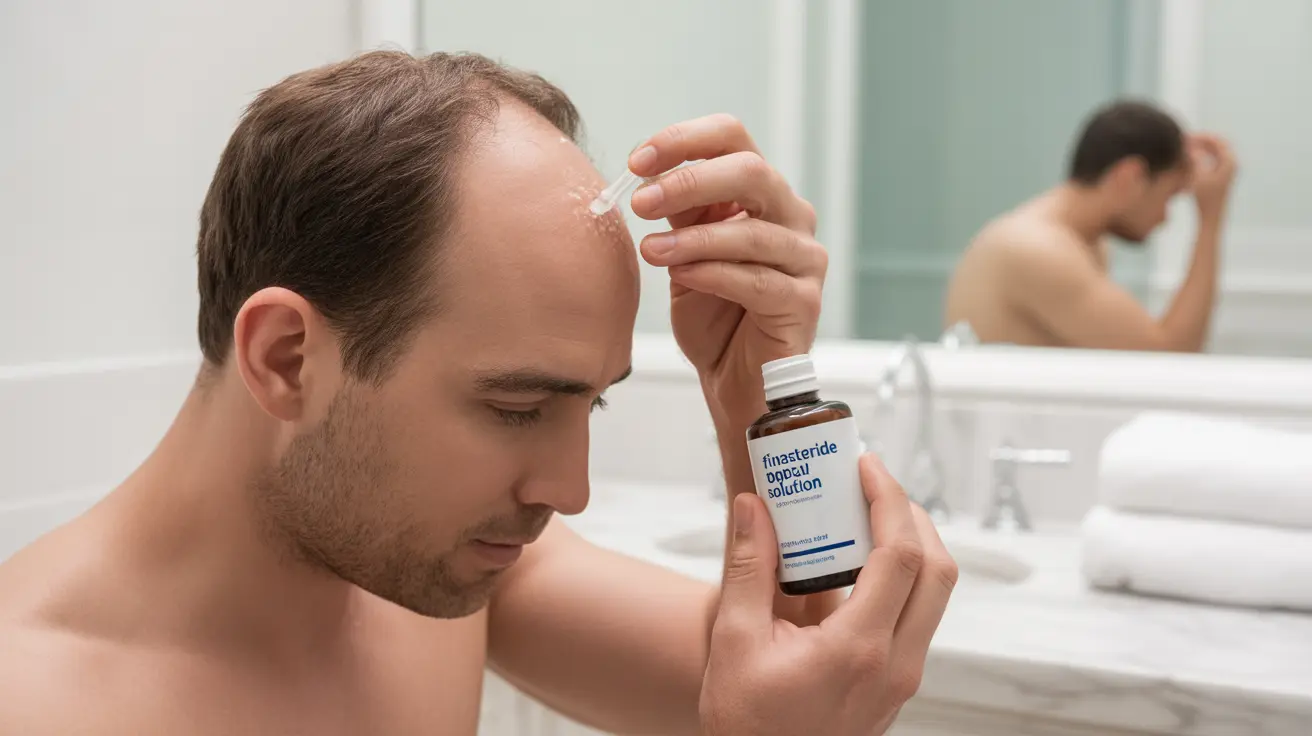For individuals seeking hair loss treatments, topical finasteride has emerged as a potential solution. However, understanding its side effects and safety considerations is crucial for making informed decisions about your treatment journey. This comprehensive guide examines the potential risks, safety concerns, and necessary precautions associated with topical finasteride use.
What is Topical Finasteride?
Topical finasteride is a medication applied directly to the scalp to combat pattern hair loss. Unlike its oral counterpart, this formulation aims to deliver the active ingredient directly to the treatment area while potentially minimizing systemic absorption and related side effects.
Common Side Effects and Safety Concerns
When considering topical finasteride treatment, it's essential to be aware of potential adverse reactions that may occur:
Local Reactions
- Scalp irritation
- Redness or inflammation
- Itching
- Burning sensation
- Dryness at the application site
Systemic Effects
- Decreased libido
- Erectile dysfunction
- Depression or mood changes
- Changes in sexual function
- Breast tenderness or enlargement in men
FDA Approval Status and Safety Considerations
Currently, topical finasteride is not FDA-approved as a standalone treatment. Most topical formulations are compounded preparations, which means they're custom-made by specialized pharmacies. This status requires additional attention to safety and quality control measures.
Risk Factors and Special Populations
Pregnancy and Female Exposure
Topical finasteride poses significant risks to pregnant women or those who may become pregnant. The active ingredient can potentially cause birth defects if absorbed through the skin, particularly affecting male fetus development.
Contact Precautions
Users must exercise careful handling procedures to prevent inadvertent exposure to others, especially pregnant women and children. This includes thorough hand washing after application and ensuring the application site is completely dry before contact with others.
Safe Usage Guidelines
To minimize risks while using topical finasteride, consider these essential precautions:
- Use only as directed by your healthcare provider
- Apply to completely dry scalp
- Avoid contact with others until the application area is dry
- Store safely away from children and pregnant women
- Monitor for any adverse reactions
- Report unexpected side effects to your healthcare provider
Monitoring and Management
Regular monitoring is essential when using topical finasteride. Keep track of any side effects and maintain open communication with your healthcare provider about any concerns or changes in your health status.
Frequently Asked Questions
- What are the common side effects of using topical finasteride for hair loss?
Common side effects include scalp irritation, redness, itching, and potential systemic effects such as decreased libido, erectile dysfunction, and mood changes. Local reactions typically occur at the application site.
- Is topical finasteride FDA-approved and safe to use?
Topical finasteride is not currently FDA-approved as a standalone treatment. Most formulations are compounded preparations. While many people use it safely under medical supervision, it's important to obtain it from reputable sources and follow prescribed guidelines.
- Can topical finasteride cause long-lasting sexual or psychological problems?
Some users have reported persistent sexual and psychological side effects, even after discontinuing use. While these effects are not common, they should be discussed with a healthcare provider before starting treatment.
- How can inadvertent exposure to topical finasteride affect pregnant women or others around me?
Inadvertent exposure can pose serious risks, particularly to pregnant women, as finasteride may cause birth defects in male fetuses. Careful handling, proper application, and thorough hand washing are essential to prevent accidental exposure.
- What precautions should I take when using compounded topical finasteride products?
Use only as prescribed, ensure proper storage, avoid contact with others until the application area is dry, wash hands thoroughly after application, and obtain products from reputable compounding pharmacies. Regular monitoring and communication with your healthcare provider is essential.




